

 Industrial Outdoor Totems
Industrial Outdoor Totems  Tablets - Ruggedized
Tablets - Ruggedized  Industrial Data Collectors
Industrial Data Collectors  Laptops - Rugged
Laptops - Rugged  HMI Operator Interface Panels
HMI Operator Interface Panels  Industrial Panel PC Computers
Industrial Panel PC Computers  Industrial touch screens
Industrial touch screens  UMPC - Ruggedized
UMPC - Ruggedized  Industrial PDA - Handhelds
Industrial PDA - Handhelds  MiniPC Industry
MiniPC Industry  Industrial Smartphones
Industrial Smartphones  ATEX Certificate
ATEX Certificate  Digital Signage Displays
Digital Signage Displays  Data Collectors
Data Collectors  Mobile 1D/2D barcode scanner
Mobile 1D/2D barcode scanner  UMPC (Ultra Mobile PC)
UMPC (Ultra Mobile PC)  Mini Mobile Printer POS
Mini Mobile Printer POS  Accessories - mobile
Accessories - mobile  Software
Software |
|

.png)
.png)
.png)

.png)
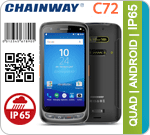
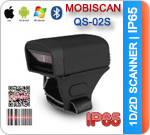
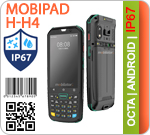

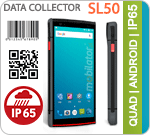
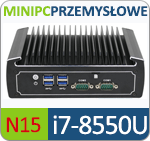
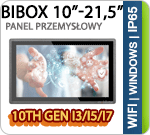
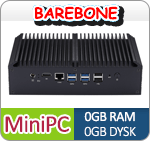
|
Fingering FS01P - mini barcode scanner 1D - Ring - Bluetooth » Very small size: 55 x 39.2 x 51.2mm
» Working time: 4h / Range: Up to 10m » Engine: Zebra EM1350 (1D) / Resistance: IP65 » Connectivity: Bluetooth 3.0 (HID / SPP) » Compatible: Windows / Android / iOS / Linux
Fingering FS02P - mini barcode scanner 1D/2D - Ring - Bluetooth » Very small size: 55 x 39.2 x 51.2mm
» Working time: 4h / Range: Up to 10m » Scan Engine: SE2707 / Resistance: IP65 » Connectivity: Bluetooth 3.0 (HID / SPP) » Compatible: Windows / Android / iOS / Linux
Fingering FS02P - mini barcode scanner 1D/2D - Ring - Bluetooth » Very small size: 55 x 39.2 x 51.2mm
» Working time: 4h / Range: Up to 10m » Scan Engine: SE2707 / Resistance: IP65 » Connectivity: Bluetooth 3.0 (HID / SPP) » Compatible: Windows / Android / iOS / Linux
Smart Watch 1D/2D (Zebra SE2707) Mobile 1D/2D Barcode Scanner » 2.8" LCD(640x480) | capacitive
» MediaTek MT6739 (4x 1.5 GHz) | 4G » Bluetooth 4.0 | WiFi | IP42 » 1GB RAM | 16GB Flash » Android 5.1 | Barcode Scanner 1D/2D
WT04 Mobitab rugged waterproof industrial tablet » 4" LCD(480x800) | capacitive
» Qualcom Quad Core CPU | 4G » Bluetooth 4.0 | WiFi | IP65 » 3GB RAM | 32GB Flash | Camera 8Mpx » Android 10.0
|
||||||||||||||||||||||||||||||||||||||||
Intel® Celeron® M Processor, Intel® Pentium® M Processor, Intel® Core Duo (Yonah) Low Voltage, Transmeta Crusoe®, Microsoft®, Windows®, Hsdpa®, Umts®, Bluetooth®, WIFI®, USB®, FireWire® and PCMCIA®
|
|
|
|
|
|
|
|
|
|
|
|
|
|
|
|
|
|
|
|
|
|
|
|
|
© 2025 Mobilator.pl
|
|
Implementation: tio interactive
|